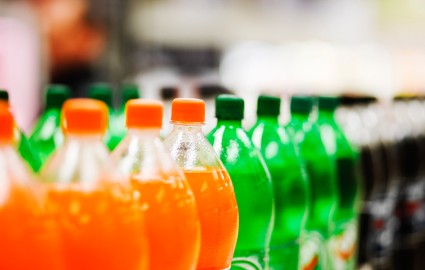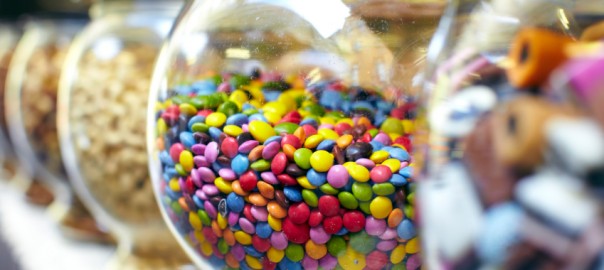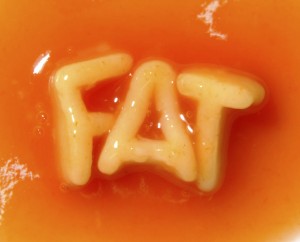 When making a cup of tea at work, my colleague Rosie and I were chatting about our most loved and hated foods. Interestingly the herb Cilantro (known as Coriander to the Brits) came up very quickly and she told me there was some sort of genetic reason behind some people really hating it. This made me want to understand more.
When making a cup of tea at work, my colleague Rosie and I were chatting about our most loved and hated foods. Interestingly the herb Cilantro (known as Coriander to the Brits) came up very quickly and she told me there was some sort of genetic reason behind some people really hating it. This made me want to understand more.
After a bit of digging into research articles, I found that Rosie was spot on! A study in 2012 which looked at twins, found that 80% of identical twins shared their like or dislike or cilantro, whilst only 50% of familial twins shared this connection. This suggested there is a genetic component involved which another study investigated in more detail.
This further study, published in Flavour journal in 2012, found a proportion of the population detects a soapy flavour in cilantro, which is linked to their genes. Everyone has a sequence of DNA (single nucleotide polymorphism) called rs72921001, which lies among our odour receptor genes. This DNA sequence can vary between people and depending on whether the sequence, known as a genotype, is AA, AG or GG, can determine an individual’s sensitivity to the soapy note. The location of this DNA sequence in the genome can be near a particular gene, OR6A2, which codes for an odour receptor which is highly specialised to binds to specific aldehyde molecules, which can be found in both cilantro and soap. Since odour sensitivity directly relates to flavour perception, detecting these aldehyde aroma compounds impacts the flavour of cilantro, leading to some people describing it as soapy.
Although the proportion of the population detecting the soapy note in cilantro can vary between 4 and 14% depending on ethnicity and other genetic factors, the study found that these genes can influence the liking of this particular herb. So next time you’re sitting down for a meal full of coriander and someone complains it tastes like soap, it isn’t their fault, it’s all in the genes!


